When it comes to logistics, the last mile is often the trickiest part of the journey—and the most expensive. Managing individual deliveries over short distances might sound simple, but it’s surprisingly complex. Urban congestion, unpredictable traffic, and intricate delivery routes can quickly escalate costs and cause delays. Add to that seasonal spikes in demand or the unique challenges of remote and geographically diverse areas, and you’ve got a logistical puzzle that’s hard to crack.
This article dives into why last mile delivery is so expensive and explores practical solutions to streamline the process. Whether you’re grappling with rising delivery expenses or aiming to enhance customer satisfaction, you’ll discover actionable insights to optimize operations and stay competitive in an ever-evolving market. By the end, you’ll have a clearer understanding of the hurdles and how to overcome them efficiently.
Factors Contributing to High Last-Mile Delivery Costs
Last-mile delivery is a critical yet expensive part of the supply chain. It involves moving goods from the transportation hub to the final destination, often at the customer’s doorstep. Here are the key factors driving up costs in this phase:
- Labor Cost: Labor costs include driver salaries and related expenses. They are one of the largest contributors to last-mile delivery costs. Paying competitive wages to drivers, along with covering expenses like overtime, benefits, and training, can significantly impact the budget. Studies show that the average cost for last-mile delivery is approximately $10-$50 per package delivered. On the other hand, failed deliveries cost an average of $17.20.
- Fuel Consumption: Congested urban areas and frequent stops result in higher fuel usage. The idle time during deliveries—whether caused by traffic jams, waiting for customer availability, or searching for parking—further drives up fuel costs. As per the studies, “ Inefficient routing can increase delivery costs by 20-25% due to extra mileage”.
- Vehicle Maintenance and Administrative Overheads: Vehicles used for last-mile delivery undergo extensive wear and tear, requiring regular maintenance, repairs, and eventual replacement. Additionally, administrative costs for route planning, monitoring, and managing operations add to the overall expense.
- Failed Deliveries and Return Management: Deliveries that fail due to incorrect addresses, customer unavailability, or refusal to accept packages create unnecessary reattempts and increased transportation costs. Managing returns also adds to logistical challenges, further straining resources.
Also Read: Understanding Last Mile Carrier Tracking: Its Importance and Characteristics
Technological Solutions for Cost Optimization in Last Mile Delivery
As last-mile delivery costs continue to rise, businesses are turning to innovative technologies to streamline operations and enhance efficiency. These solutions not only improve delivery speed but also help reduce operational expenses.
1. Real-time Tracking and Automated Route Planning
- Real-time tracking allows companies to monitor drivers and deliveries as they happen. It enables adjustments on the fly, reducing delays and ensuring timely arrivals.
- Automated route planning uses algorithms to find the most efficient routes, considering factors like traffic, weather, and delivery windows. This reduces fuel consumption, minimizes idle time, and cuts down on unnecessary detours, ultimately lowering delivery costs.
2. Predictive Analytics for Delivery Efficiency
- Predictive analytics uses historical data to forecast demand, traffic patterns, and delivery times. This allows companies to plan better, optimize delivery schedules, and allocate resources more efficiently.
- By anticipating potential delays or challenges, businesses can adjust routes and timelines proactively, reducing the likelihood of costly disruptions and improving overall efficiency.
3. Implementation of Data-driven Decision-Making
- Data-driven decision-making leverages insights from customer behaviors, route data, and inventory levels to make informed choices.
- With real-time insights, businesses can optimize warehouse management, forecast demand more accurately, and improve delivery processes.
At Intoglo, we are your one-stop solution, offering end-to-end logistics from India to the USA. With our innovative tools like Glotrack, you can track every step of your shipment journey from pickup to delivery while staying updated with real-time WhatsApp notifications. Our AI-powered HTS Code Scanner simplifies customs compliance, making international trade effortless.
Let Intoglo help you optimize your logistics with solutions that prioritize transparency and reliability.
Improving Delivery Density and Efficiency
To reduce costs and improve the efficiency of last mile delivery, increasing delivery density (the number of stops made in a given area) is crucial. Higher stop density means fewer miles per stop, leading to lower fuel consumption and shorter delivery times. Here are key strategies to enhance density and efficiency:
Strategies to Increase Stop Density
- Consolidating Deliveries: Grouping multiple deliveries in the same area can drastically increase stop density. By consolidating packages bound for the same neighborhood, delivery routes become more efficient.
- Dynamic Routing: Advanced route planning software can analyze real-time data and adjust routes based on package destination and time windows. This ensures that drivers make more deliveries within smaller, more defined areas.
- Optimizing Delivery Time Windows: Offering flexible time windows to customers helps schedule deliveries more efficiently, reducing unnecessary delays and empty miles between stops.
Addressing Challenges in Rural Delivery Routes
- Longer Travel Distances: Rural areas often require longer travel times, which increases delivery costs. One way to combat this is by optimizing vehicle capacity and ensuring that deliveries are as full as possible before heading out.
- Fewer Delivery Stops: Fewer customers in rural areas mean more miles between stops, making deliveries less efficient. To mitigate this, businesses can consider local consolidation centers that combine deliveries and reduce the travel distance for each vehicle.
- Flexible Delivery Options: Offering drop-off points or pick-up hubs for customers in rural areas can reduce the need for door-to-door delivery, thus increasing efficiency and reducing costs.
Utilizing Micro Warehousing and Local Hubs
- Micro Warehousing: Setting up small, strategically located warehouses closer to customer neighborhoods can help shorten delivery routes. These “micro hubs” allow for faster fulfillment and reduce the time spent on long-distance deliveries.
- Local Hubs: Local hubs serve as central points where goods are stored temporarily before being dispatched to the final destination. They help distribute deliveries more evenly, improve load balancing, and increase stop density in urban and suburban areas.
- Real-time Inventory Management: With local hubs, businesses can track inventory more efficiently, ensuring that deliveries are fulfilled quickly and accurately without overloading any one warehouse.
Enhancing Customer Experience in Last-Mile Delivery
The last mile is the final touchpoint in the delivery process, and its quality can significantly influence customer satisfaction. A positive last-mile experience can lead to lifelong customers and brand loyalty, while a poor one can damage a company’s reputation.
Here’s how to enhance the customer experience in last-mile delivery while integrating eco-friendly solutions:
1. Real-Time Tracking and Communication
Customers expect transparency about the status of their deliveries. Real-time tracking enables customers to monitor their packages, predict delivery timeframes, and stay informed about any delays or updates. Proactive communication, such as alerts when the delivery is nearby, can improve trust and reduce customer anxiety.
2. Flexible Delivery Options
Offering flexible delivery options such as same-day delivery, scheduled delivery times, or even delivery window customization ensures that customers can choose what works best for their schedules. Giving customers more control over when and where their packages arrive can enhance satisfaction.
3. Easy Returns and Exchanges
An efficient and hassle-free return process is crucial for a great customer experience. Streamlining returns through simple instructions, local drop-off points, or easy pick-up options makes customers feel valued and confident in their purchasing decisions.
4. Personalized Services
Tailoring delivery services to individual preferences, such as leaving packages in specific locations (e.g., a porch or locker) or offering contactless delivery options, can create a more personalized, convenient experience for customers.
5. Reliable and Courteous Delivery Personnel
The behavior and professionalism of delivery drivers play a key role in customer experience. Ensuring that drivers are courteous, reliable, and trained in customer service can leave a lasting positive impression on recipients.
6. Eco-Friendly Delivery Solutions
Customers are increasingly concerned about sustainability. Implementing eco-friendly delivery methods, such as using electric vehicles (EVs), optimizing delivery routes to reduce carbon emissions, or using recyclable packaging, can significantly enhance customer loyalty.
Eco-friendly delivery methods not only support environmental sustainability but also resonate with consumers who prioritize green practices, fostering a positive connection to their purchases and their environmental impact.
Benefits of Collaboration with Cross-Border Logistics Providers
Partnering with freight forwarders is a strategic move for businesses looking to optimize last-mile delivery operations while managing costs effectively. By leveraging the expertise, companies can enhance efficiency, improve delivery times, and focus on their core business. Here are the key benefits:
- Access to Established Networks
Experts in this industry have well-established transportation networks, warehousing facilities, and delivery systems. This allows businesses to scale operations without investing in infrastructure or building networks from scratch.
- Cost Efficiency
By outsourcing logistics, businesses can reduce operational costs associated with managing fleets, hiring drivers, and maintaining vehicles. 3PL providers pool resources across multiple clients, resulting in cost savings through economies of scale.
- Technology and Expertise
Companies use advanced technologies for route optimization, real-time tracking, and automated reporting, ensuring efficient and transparent operations. Their expertise in managing customs, regulations, and last-mile challenges makes them invaluable partners for streamlining delivery processes.
- Flexibility and Scalability
3PL providers can quickly adapt to changing business needs, such as seasonal demand spikes or expanding delivery regions. Their flexible services help businesses maintain continuity without disrupting supply chains.
- Enhanced Customer Experience
From faster delivery times to proactive updates, 3PLs help ensure a seamless experience for end customers. Their professional networks also minimize failed deliveries, further improving customer satisfaction.
Intoglo: Your Reliable Logistics Partner
For businesses shipping goods from India to the USA, Intoglo is a trusted partner offering seamless door-to-door FCL shipments. With services like origin pickup, customs clearance, ocean freight, and last-mile delivery, Intoglo ensures hassle-free logistics across the supply chain.
Key advantages of partnering with Intoglo include:
- Pan-India pickups within 24 hours and a dedicated CFS space at major ports.
- 3PL warehousing across the USA.
- Contracts with major shipping lines for special rates and routing options.
- A robust network in the USA with direct trucking, 50+ warehouses, and 40+ trucking partners, covering over 41,000 zip codes.
- Real-time updates on WhatsApp, transparent quotations, and expert customs handling.
- Value-added services like transloading, repacking, drayage, and long-term storage options.
With a focus on transparency, efficiency, and customer satisfaction, Intoglo is committed to delivering solutions that match your business needs, ensuring a smooth and cost-effective logistics experience from India to the USA.
Case Study: How Intoglo Reduced 40% of Shipping Costs for a Leading Cosmetic Brand
Optimizing Last-Mile Delivery with Cost-Effective Solutions:
A leading cosmetic brand faced a logistical challenge while shipping two Dangerous Goods (DG) shipments, each measuring 30 CBM, to two locations in the USA—North Carolina and Texas. With the destinations 1,000 miles apart, the brand was concerned about the high costs and potential delays associated with such a complex delivery.
The Challenge:
The primary concerns were:
- Transporting DG cargo efficiently while adhering to safety regulations.
- Minimizing shipping costs for two separate destinations.
- Ensuring timely delivery without compromising on tracking and transparency.
The Intoglo Solution:
Intoglo provided an innovative and cost-efficient solution:
- Instead of booking two separate containers, Intoglo consolidated the shipment into a single 40 HC DG container and routed it to New York.
- Upon arrival, the shipment was transloaded at a 3PL warehouse, where it was repalletized and prepared for distribution to the two destinations.
- FTL delivery using DG-certified truckers was arranged for the last mile to North Carolina and Texas.
The Results:
Intoglo’s approach delivered remarkable results:
- The brand achieved a 40% reduction in shipping costs by consolidating shipments into one container instead of two.
- The shipments were delivered on time to both destinations, with real-time tracking updates provided at every stage.
- The use of DG-registered truckers ensured compliance with safety standards while maintaining efficiency.
This case highlights Intoglo’s ability to optimize logistics through strategic planning, transloading, and leveraging certified resources.
Conclusion
Businesses can implement innovative strategies to overcome last-mile challenges, from addressing high labor and fuel expenses to leveraging technology and enhancing delivery density. Collaborating with third-party logistics providers further amplifies efficiency by providing access to established networks, advanced technologies, and flexible solutions.
As the complexities of last-mile delivery continue to evolve, choosing the right partner can make all the difference. Intoglo specializes in seamless logistics solutions, offering door-to-door FCL shipments from India to the USA with services like customs clearance, ocean freight, and direct trucking.


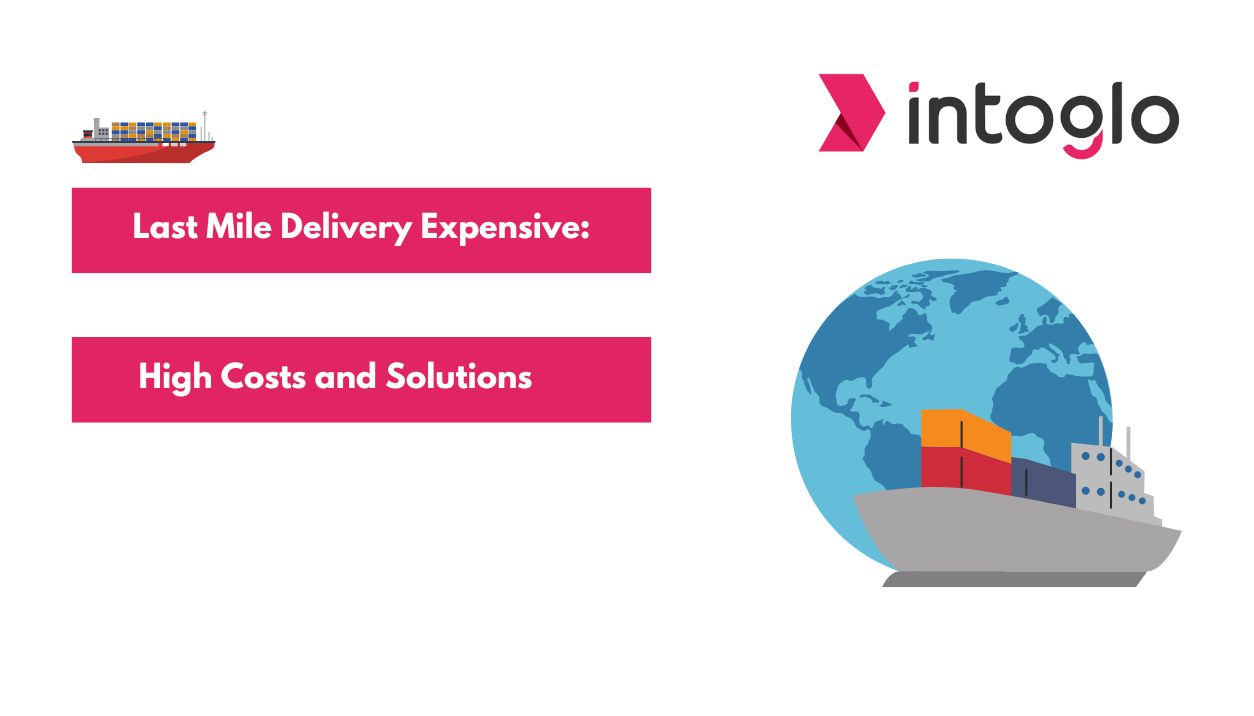
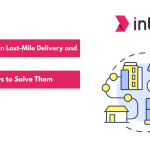
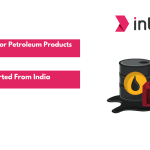
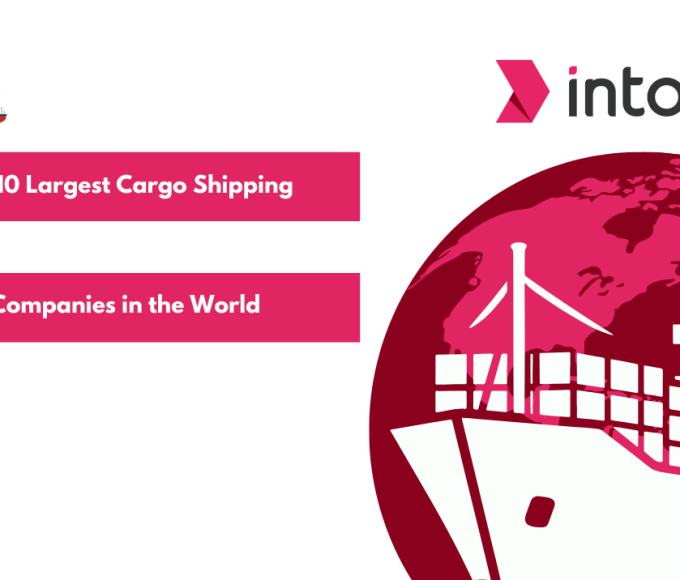
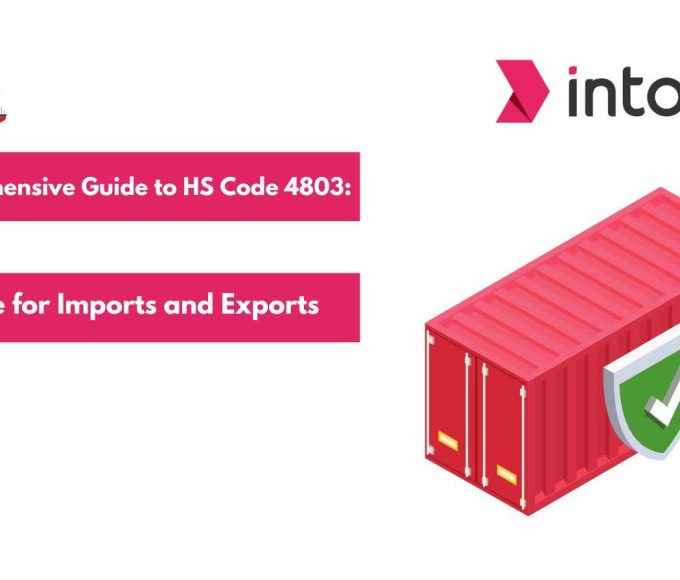
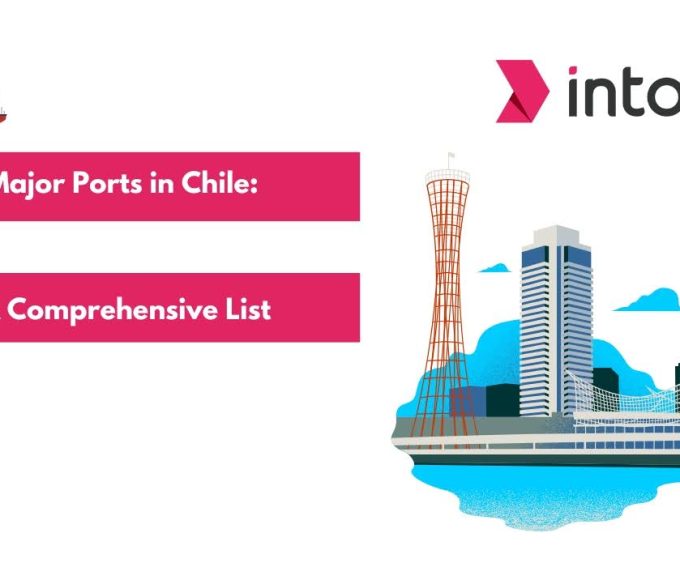
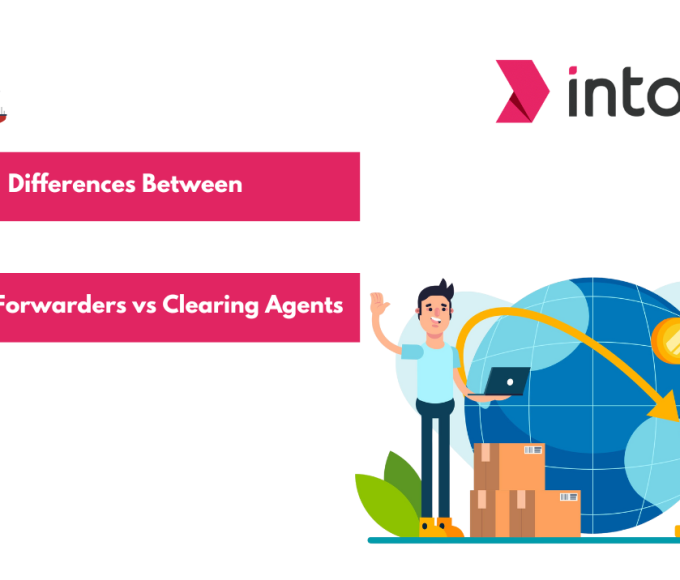
Leave a comment